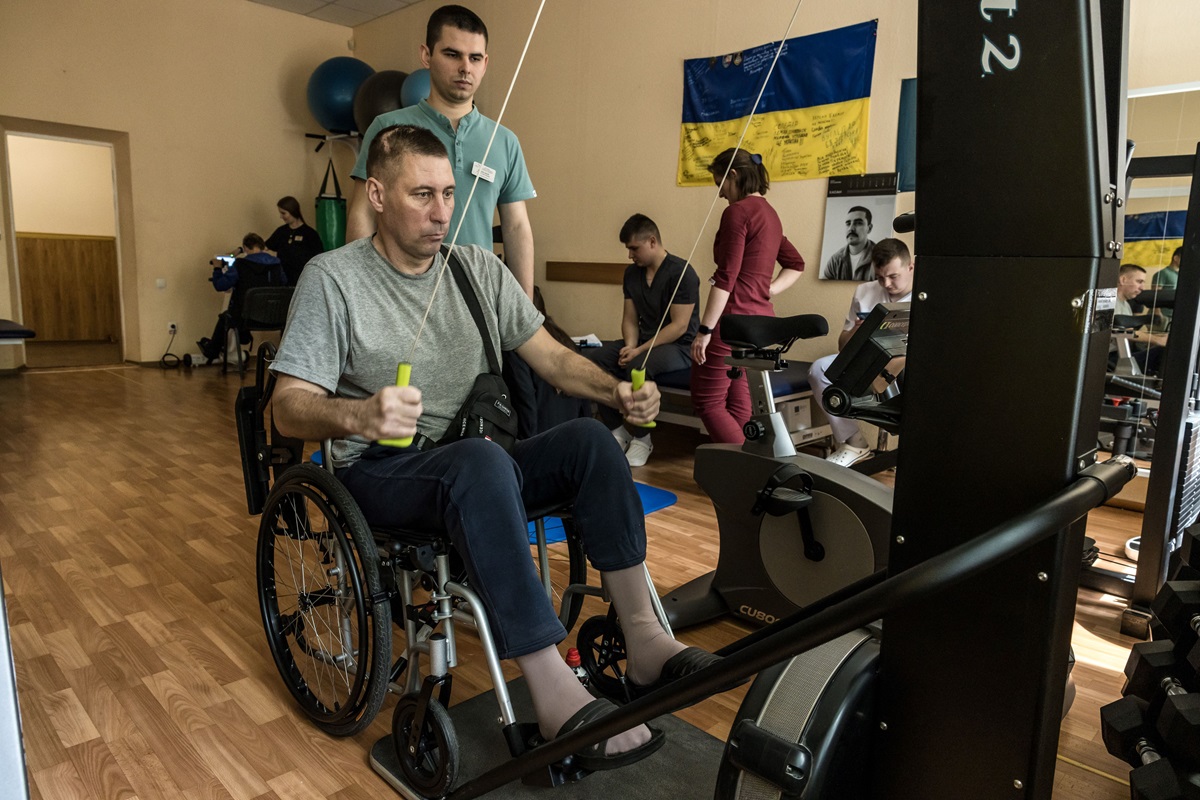Ukraine is the second largest country in Europe. Ukraine declared independence in 1991 and is classified as having a lower middle-income economy.
Largely unchanged health system model
Ukraine maintained most of the fundamental features of the Soviet era Semashko health system model and did not undertake any major health system reforms[1]. Ukrainian citizens are guaranteed the right to a package of health services provided at no charge at the point of delivery. This right also applies to foreign citizens, refugees, and stateless persons[1]. Key features include central budgetary financing, a hierarchical organizational structure, and dominance of the public sector[2]. For many years, the country lacked the financial backing to ensure the universal coverage its constitution promised. The government set limits to health benefits in the past, which created discontent among citizens[1].
Reform attempts and challenges
The health care system faces many challenges because of political instability and conflict that constitute the largest barriers to improving people’s health and sustaining the health system.
References
[1] Columbia University Mailman School of Public Health. Ukraine: summary. Accessed 25 April 2023.
[2] Romaniuk, P., Semigina, T. Ukrainian health care system and its chances for successful transition from Soviet legacies. Global Health 14, 116 (2018).
[3] Global Health Expenditure Database. Geneva: World Health Organization. Accessed 26 April,2023.
[4] World Health Organization. Accessing health care in Ukraine after 8 months of war: The health system remains resilient, but key health services and medicine are increasingly unaffordable. 2022. Accessed 27 April 2023.



